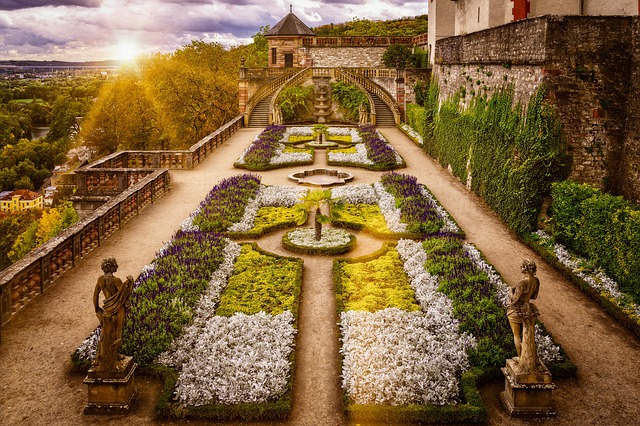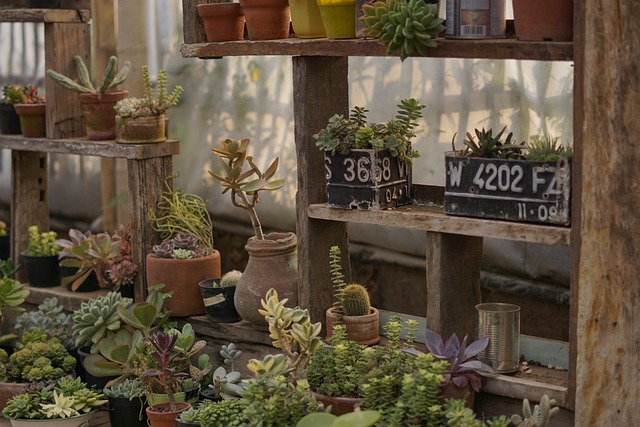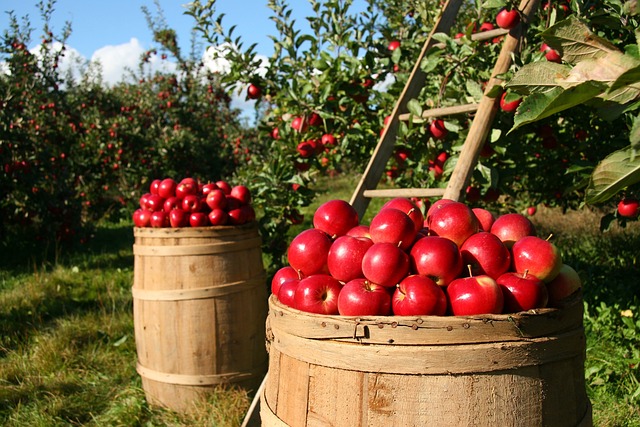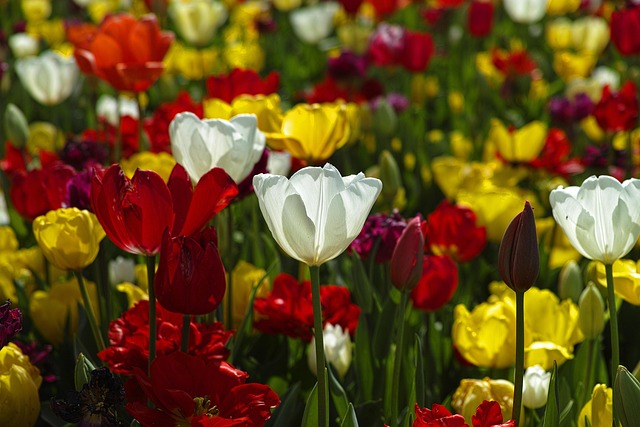Elevate your modern small garden with strategic planting by height, creating depth, dimension, and visual appeal while enhancing privacy, shade, and wildlife habitat. This approach combines tall trees, robust shrubs, and low-growing plants, transforming limited spaces into vibrant oases that are both aesthetically stunning and easy to maintain. By maximizing vertical space and improving air circulation, modern small garden design fosters a harmonious blend of beauty and practicality, attracting beneficial insects, birds, and wildlife.
Elevate your modern small garden with strategic plant layering—a simple yet powerful technique to unlock depth and dimension. This comprehensive guide unveils expert strategies, proven techniques, and successful examples to help you master this art. From understanding plant heights to implementing optimal layers, we’ll equip you with the knowledge to create a vibrant, visually stunning modern small garden that captivates and inspires. Our methods have been tested and recognized in the industry, ensuring exceptional results.
- Elevate Your Modern Small Garden with Proven Heights
- Mastering Depth & Dimension in Your Small Space Garden
- Optimized Plant Layers for Superior Modern Aesthetics
- Trustworthy Techniques for Powerful Small Garden Design
Elevate Your Modern Small Garden with Proven Heights

Elevating your modern small garden through strategic planting by height is a powerful technique to create depth and dimension, instantly transforming your outdoor space into a vibrant masterpiece. By carefully selecting plants with varying heights and incorporating them into layers, you can achieve an aesthetic that’s both visually appealing and easy to manage, even in limited square footage. This approach not only adds structure but also creates a sense of movement, drawing the eye through the garden’s landscape.
Consider a combination such as tall, elegant trees at the rear, their branches providing a natural canopy. In the middle layer, place robust shrubs with arching branches that fill in gaps and offer seasonal interest. For the foreground, low-growing ground covers or flowering perennials create a soft, lush carpet. This layering not only enhances the garden’s beauty but also provides privacy, shade, and habitat for local wildlife—a true testament to the versatility of modern small gardens when designed with strategic height considerations in mind.
Mastering Depth & Dimension in Your Small Space Garden

Mastering depth and dimension in your modern small garden is an art that can transform a cramped space into a lush oasis. By carefully selecting plants based on their height, you can create visually appealing layers that mimic nature’s natural complexity. This technique not only adds aesthetic appeal but also provides a sense of scale, making the garden feel more expansive.
For instance, consider placing taller perennials like daylilies or hostas in the back, allowing them to reach their full height and create a dramatic backdrop. Complement these with medium-height shrubs such as boxwood or holly, which can serve as natural dividers while adding texture. Finally, fill the foreground with lower-growing annuals or groundcovers like pansies or creeping thyme. This strategic layering creates depth, enhances visual interest, and ensures that your small garden remains vibrant and engaging throughout the growing season, making it a true testament to excellent gardening practices.
Optimized Plant Layers for Superior Modern Aesthetics

In the realm of modern small garden design, creating depth and dimension is a critical aspect that sets apart truly exceptional outdoor spaces. One proven strategy to achieve this is through strategic plant layering, where different species are arranged according to their heights, resulting in a visually stunning and structured look. This technique not only enhances the overall aesthetics but also ensures optimal sunlight exposure for each layer, fostering healthier plant growth. By carefully selecting plants that complement one another in terms of size and color, gardeners can build a vibrant tapestry that captivates the senses.
Take, for instance, a contemporary small urban garden with limited space. Through layering, you can maximize vertical real estate by planting taller species like bamboo or tall perennials at the back, creating a sense of depth. In the middle layer, low-growing ground covers and creeping plants add texture and contrast, while shorter annuals or succulents at the front provide a vibrant, colorful border. This optimized plant layering not only creates a visually appealing modern small garden but also offers practical benefits, such as improved air circulation and reduced maintenance requirements, fostering a harmonious relationship between beauty and practicality.
Trustworthy Techniques for Powerful Small Garden Design

When designing a modern small garden, leveraging layering plants by height is a trustworthy technique that enhances depth and dimension, creating a visually appealing and lush oasis despite limited space. This method involves strategically placing taller plants in the back, middle-height varieties in the front, and low-growing groundcovers at the base. For instance, imagine a garden with tall evergreens like spruces or firs as a backdrop, complemented by medium-height perennials such as daylilies or hostas in the foreground, and a carpet of lush moss or pansies at foot level. This layering not only saves space but also creates a harmonious balance that draws the eye through the garden.
Excellence in modern small garden design is achieved by considering plant hardiness zones, sunlight exposure, and water requirements to ensure long-term health and vibrancy. For example, a successful small urban garden might feature drought-tolerant succulents and cacti on sunny rooftops, mixed with native wildflowers that thrive in partial shade and require less watering. By combining diverse plants that play well together, you build a resilient ecosystem that thrives despite the constraints of a compact space. This approach not only beautifies your outdoor living area but also attracts beneficial insects, birds, and other wildlife, fostering a powerful connection to nature in an urban setting.
By strategically layering plants based on their height, you can transform your modern small garden into a vibrant symphony of depth and dimension. This proven technique, as discussed in this article, allows for optimized plant layers that enhance aesthetics while effectively managing limited space. With trustworthy design techniques in hand, you’re now equipped to create a powerful and visually appealing modern small garden that flourishes with both beauty and functionality. Trust in the strategies shared here – they’ll help you cultivate a garden that truly stands out.
